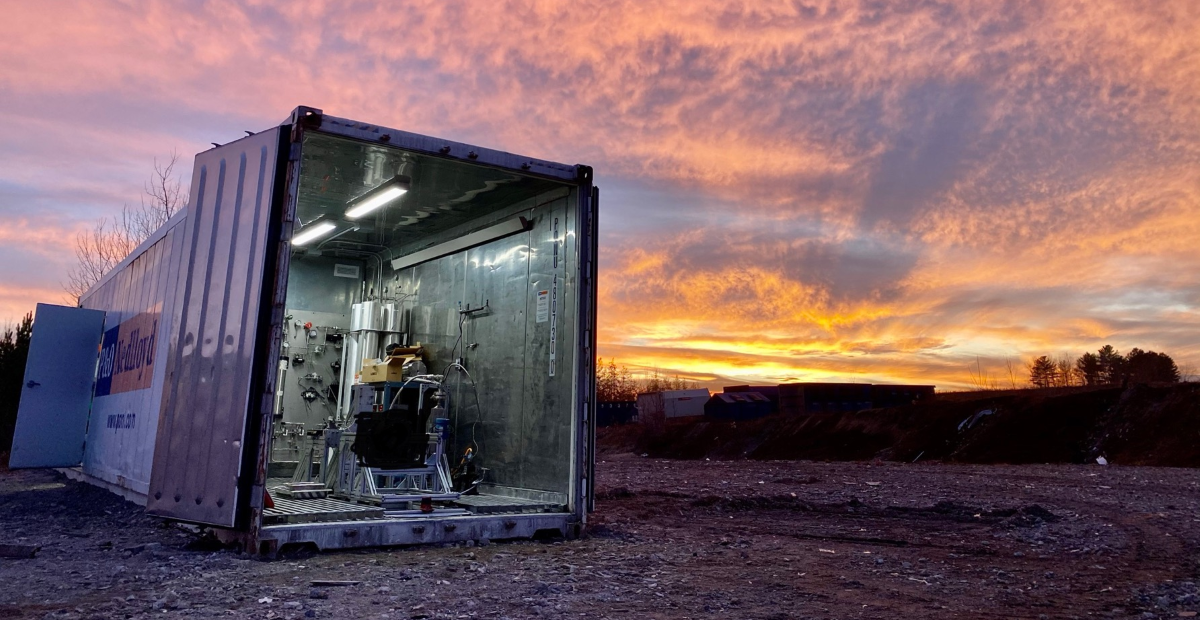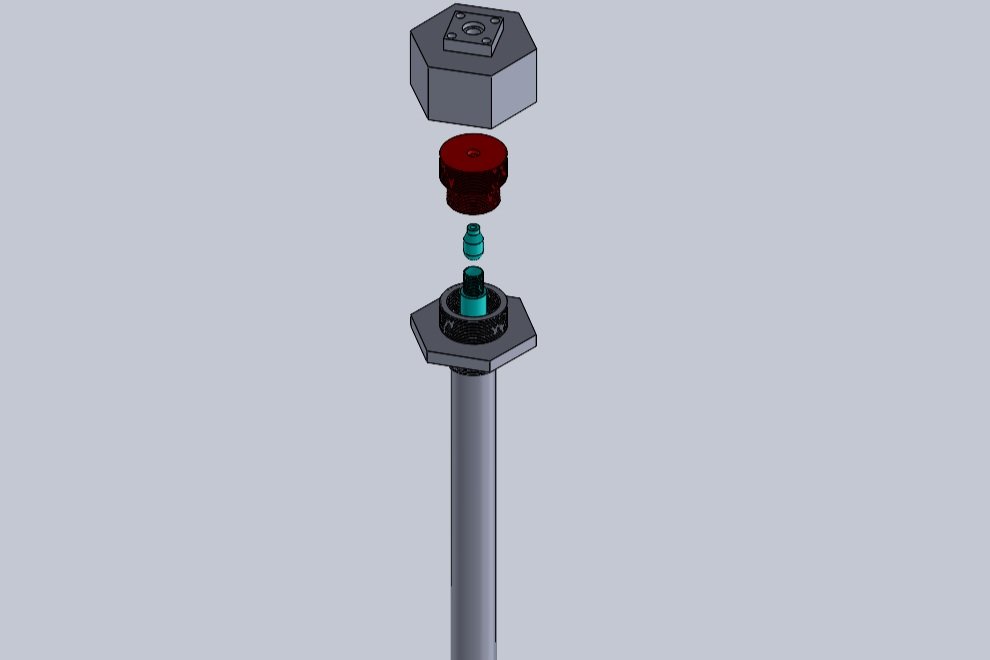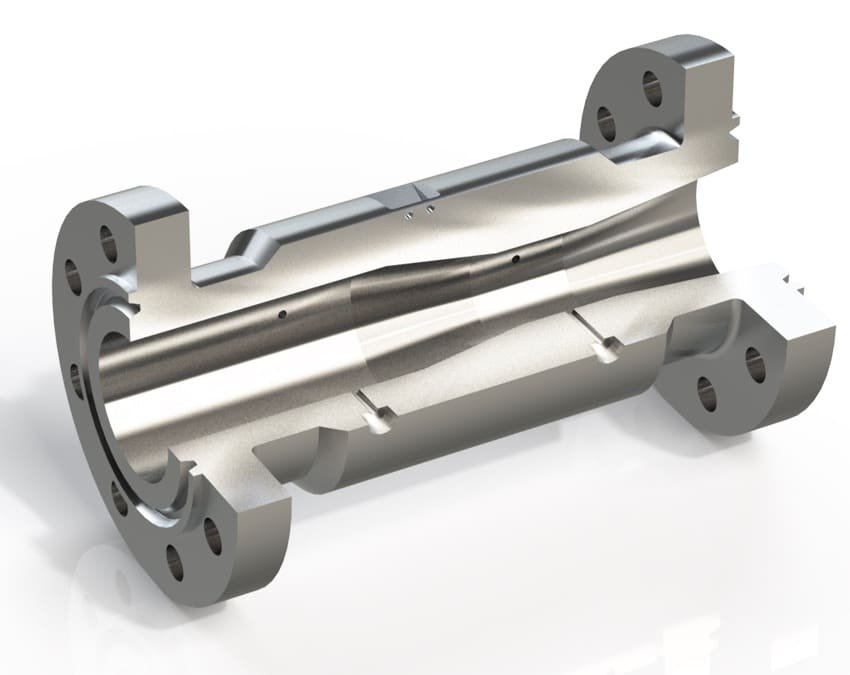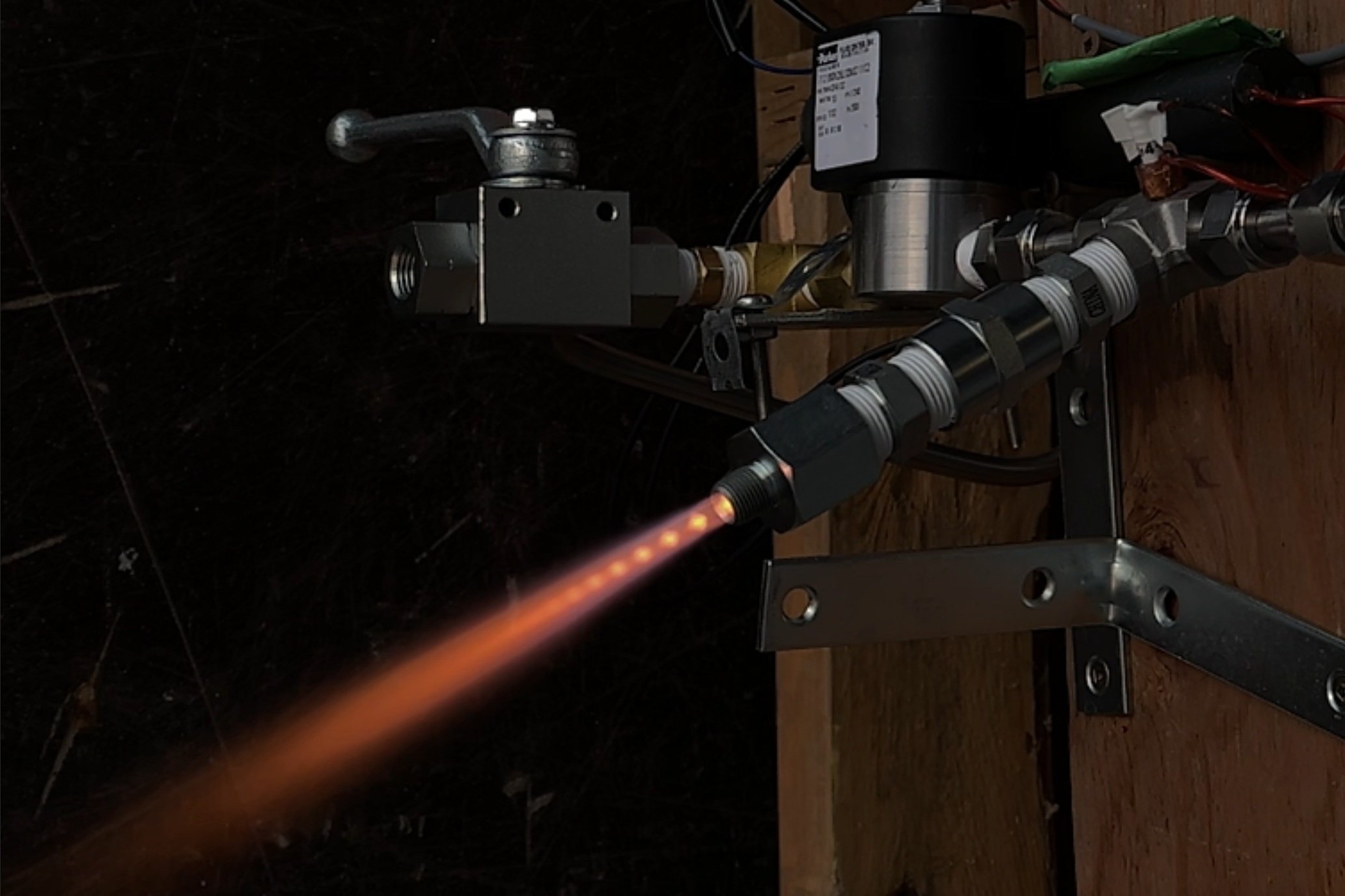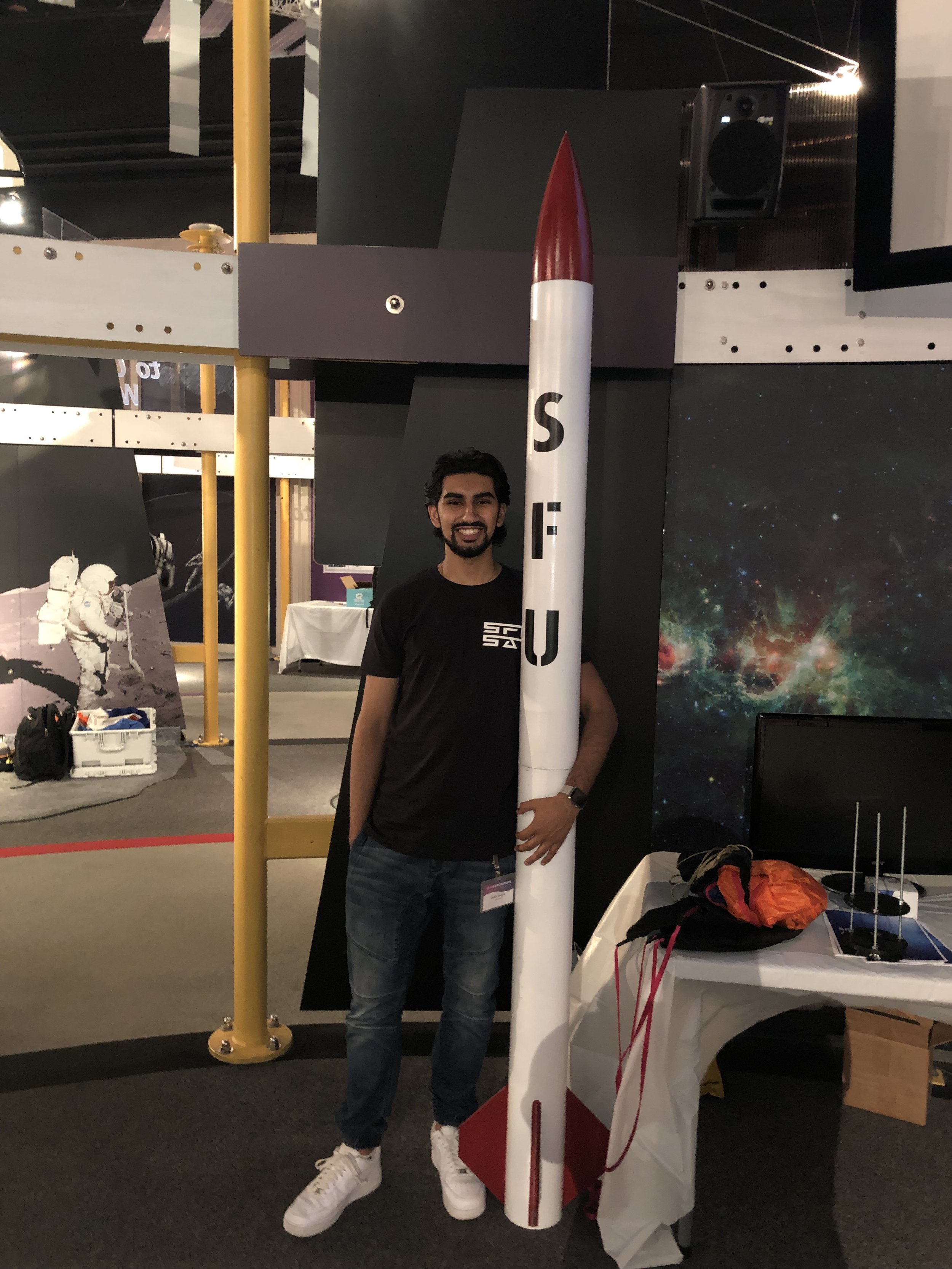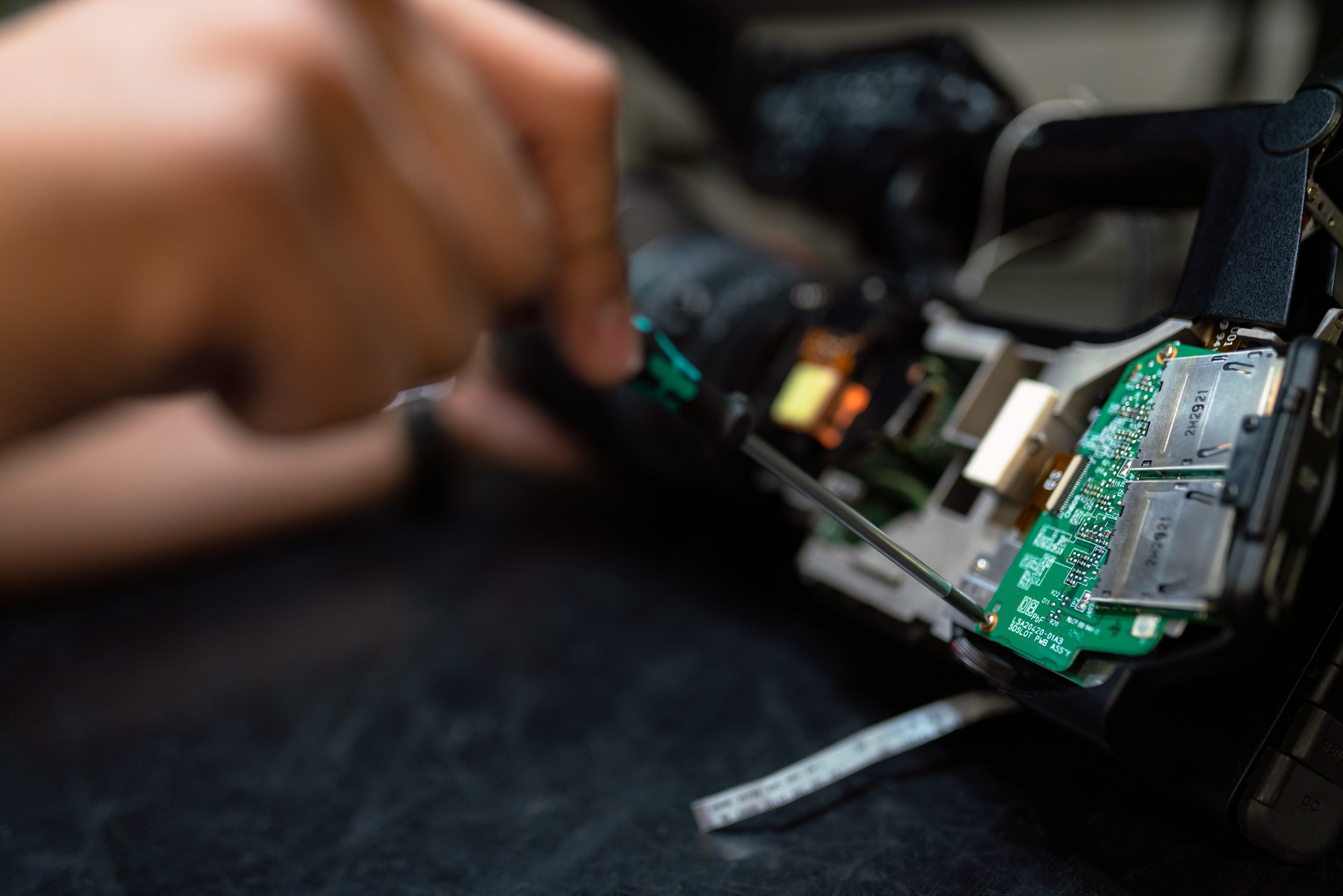
Active Projects
A 10 kN liquid bipropellant engine pushing into a new thrust class. Designed to evaluate non-traditional cooling methods and inform future regenerative engine development.
A 3kN liquid bi-propellant engine with embedded sensors, used for proprietary seal testing, performance modeling, and public demonstration.
A transportable water deluge system designed to reduce rocket engine noise by cutting jet noise and dampening acoustic energy.
The Test Cell will be our new engine testing facility - a permanent, transportable system supporting engines up to 50 kN.
A regeneratively cooled engine built from stacked CNC-cut plates, allowing complex internal cooling geometries.
Our materials science team that is creating new thermally insulative and ablative materials for our propulsion system.
Reliable power systems that handle special requirements related to weight, high-power delivery, modularity, and extreme weather.
A LOX-safe capacitive sensor and processing module to ensure our LOX tanks are filled and operated correctly.
A breakthrough in cost-effective precision fluid measurement to support propulsion system feedback and control.
Completed Projects
The second generation of our ECS - electronics, firmware, and software that controls the safe and successful ignition and firing of a Propulsion System.
A 3kN liquid rocket engine made from wood composite ablative material - a leap towards sustainable rocket propulsion.
Thrust Vector Control uses advanced feedback control loops and robust actuators to steer our engines via the manipulation of the direction of thrust.
The first-generation flight computer and RF payload, sent to 27km in altitude and retrieved 250km from the launch site.
SFU Rocketry’s first Liquid Rocket Engine - a 3kN heatsink engine with supporting fluids systems.
The small rocket engine that ignites the big rocket engine.
The structural system that safely supports rocket engines and fluids systems, while bracing against large forces.
The electronics, firmware, and software that controls the safe and successful ignition and firing of a Propulsion System.




